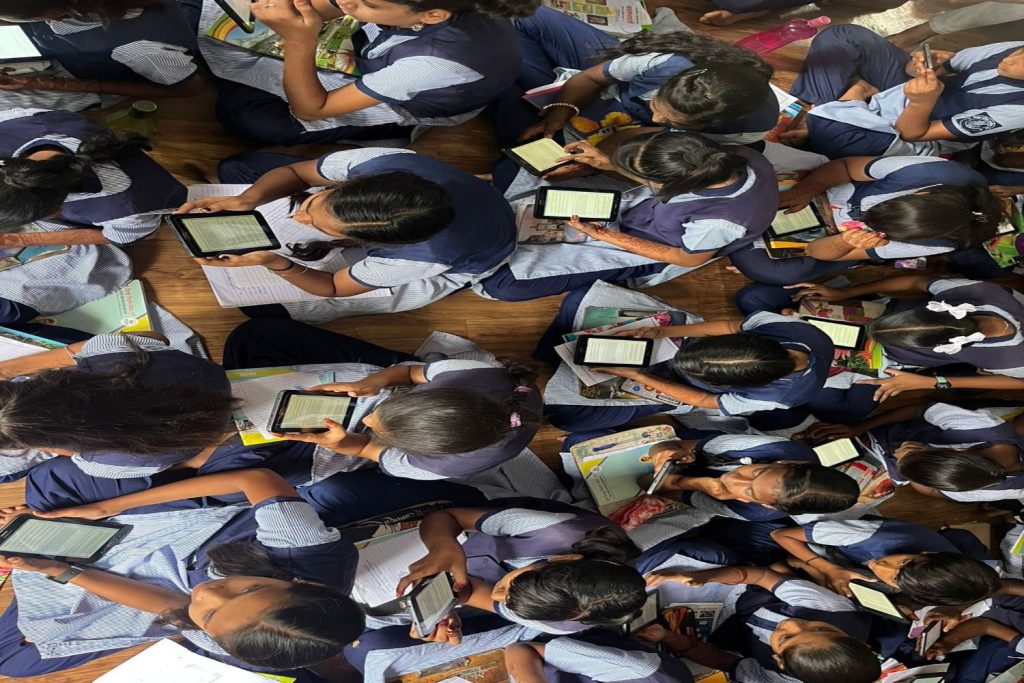Voices from the ground
In the “Insights” section, Heera Basnet captures practitioners' voices from the ground.

Manisha Sakore, government school teacher, Late Appasaheb Dagadu Jadhav Primary School, Jail Wasahat, Pune
Today, children learn computer science with great interest. It is a need of the hour. Nowadays, every home uses technology in different forms. Even in schools, computer science (CS) education is a very popular subject for students. It is relatively new. Students love learning it, as it gives them space for imagination and pushes them to think critically.
After receiving CS lessons, I have witnessed a shift in how students think. They have started thinking critically about problems, coming up with multiple solutions and selecting the best solution. They solve problems by relating them to daily life incidents.
In practical education, what we do daily is very useful for computer education. For example, the concept of sequence means that things are done step by step. If we use instances from everyday life, students understand computational concepts better. Programming language is similar. Students learn how improper sequencing can lead to errors or different outcomes.
Anjali Javale, government school teacher, Late Appasaheb Dagadu Jadhav Primary School, Jail Wasahat, Pune
Computer science is my favourite subject. I enjoy exploring and staying updated with new developments. I was very open to learning about Scratch when it was introduced. I wanted to explore what more we could do with the coding blocks. I experimented with different blocks and shared the experience with my students. The excitement to learn more about it further fuelled my interest.
Computer science is a practical subject; it requires hands-on experience. To achieve this, it is necessary for both teachers and students to have access to the learning resources. Without the right tools, theory falls short. Ideally, each child should access a personal computer, laptop, or tab, even if shared. These tools enable a transformative experience, crucial in the twenty first century, where computers are essential for the next generation.
As teachers, we witness many inspiring moments in our classrooms. One memorable occasion was when I introduced programming to a group of fourth graders. These young students were enthusiastic about sports and stories. They loved seeing the projects I created. When I guided them in programming on computers, they created impressive games, and they were fully engaged with the process. Seeing their excitement for innovation and creation felt amazing.

Shridhar Gavhane, government school teacher, Zila Parishad Primary School Nandgaon, Bhor
Getting kids to pay full attention in one place before teaching algorithmic thinking used to be quite a challenge. The students in the class are of different ages and have different ways of learning. When the classes are not engaging, some students start losing interest. But with computational thinking, something magical happens. Students started getting involved in the lessons and enjoyed learning through animations and dialogues. They are excited to discover things themselves through computer science. Previously, students answered questions directly, but presently, they analyse questions and seek solutions. They don’t fear making mistakes and take it as a part of continuous learning.
Through coding and programming, our goal is to cultivate a digital mindset among students. This is where design thinking, facilitated by coding, comes into play. Design thinking guides them in identifying the best path among various solutions. It empowers them to recognize a more efficient route towards achieving their objectives.




No approved comments yet. Be the first to comment!